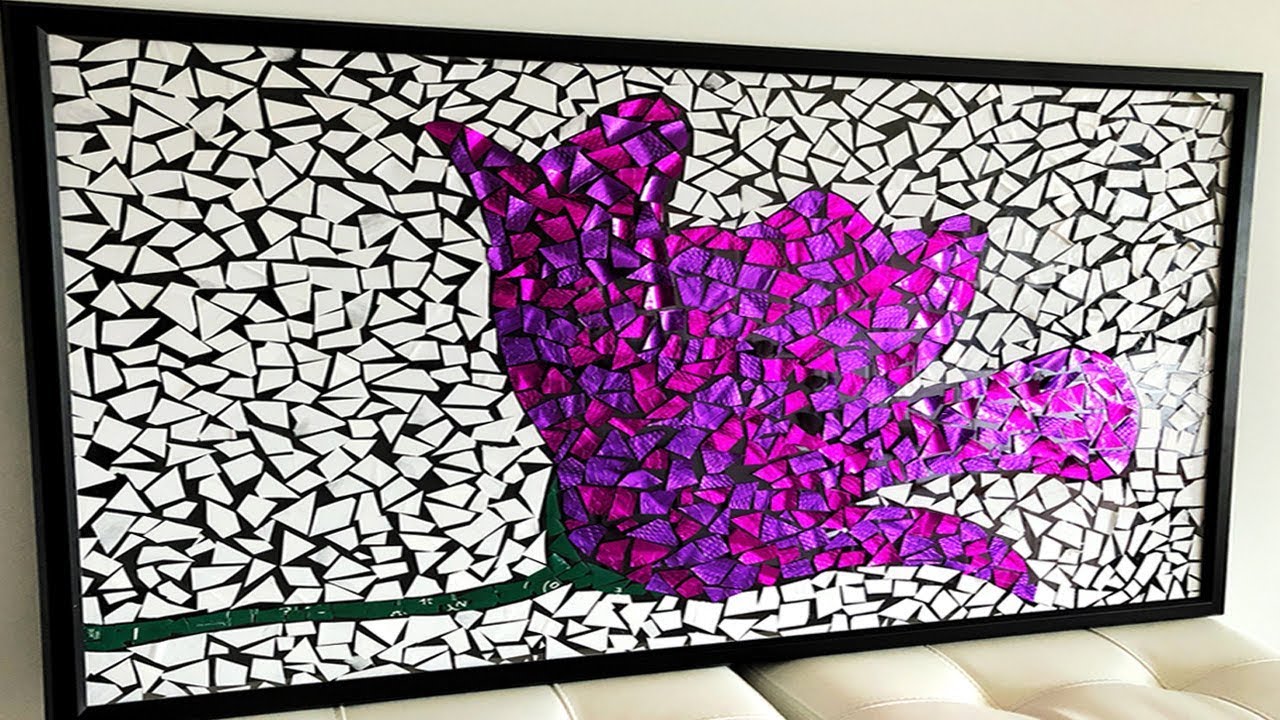Combine natural science and art in this project, which uses the shapes of fish scales as the basis of a cut paper mosaic.
Scales are layers of thin, transparent, overlapping plates. The shapes can be cut from any type of paper and glued onto poster board or cardstock. With creative color combinations, along with different types of paper, these can be dramatic pieces of art.
As an art project, any one of these mosaic patterns can cover an entire page – from 8 ½” x 11” to 18” x 24”. As a science project, students could do a sampler – folding a piece of paper in quarters and devoting one space to each of the scale patterns.
Scale Patterns
There are four main types of scales. Scales don’t increase in number as a fish grows. Instead, the individual scales grow, quickly in the summer and slowly in the winter. This varied growth rate creates a pattern almost like the rings in a tree trunk.
- Ctenoid scales have tiny “teeth” along the edge.
- Cycloid scales have a smooth surface.
- Ganoid scales are shiny, hard, and diamond shapes.
- Placoid scales look at tiny teeth or thorns and can be found on sharks and most rays.
Mosaic or Collage Art
Show students the four different shapes of fish scales. Students can select the shape they want to work with for their art project. They should draw or trace the shape onto thin cardboard (an old file folder or cereal box) and cut it out. This shape becomes their template for tracing the number of shapes they will need for their project.
Students can use gift wrap paper, scrapbook paper, recycled photocopies, construction paper, etc. Children can determine a color combination to use throughout their art piece or they can rely on patterned paper to provide additional interest to the art. They could consider outlining the shape of each scale for a dramatic effect.
Pattern Making Doodles
As an option to cut out the paper in the shape of the individual scales, students could draw the shapes of the scales. This could be done either over an entire page or it could be done within the shape of a fish outline. Use a marker to draw the shapes and then color in the patterns with watercolor pencils or watercolor paints. For children who like doodling patterns, this is a great, relaxing project.
This fish scale project highlights patterns in nature. It can be done as a science project, either learning about fish or about animal adaptations or as an art project that focuses on natural patterns. Students can use pen, pen, and watercolors, or any type of decorative paper to create these patterned projects.
